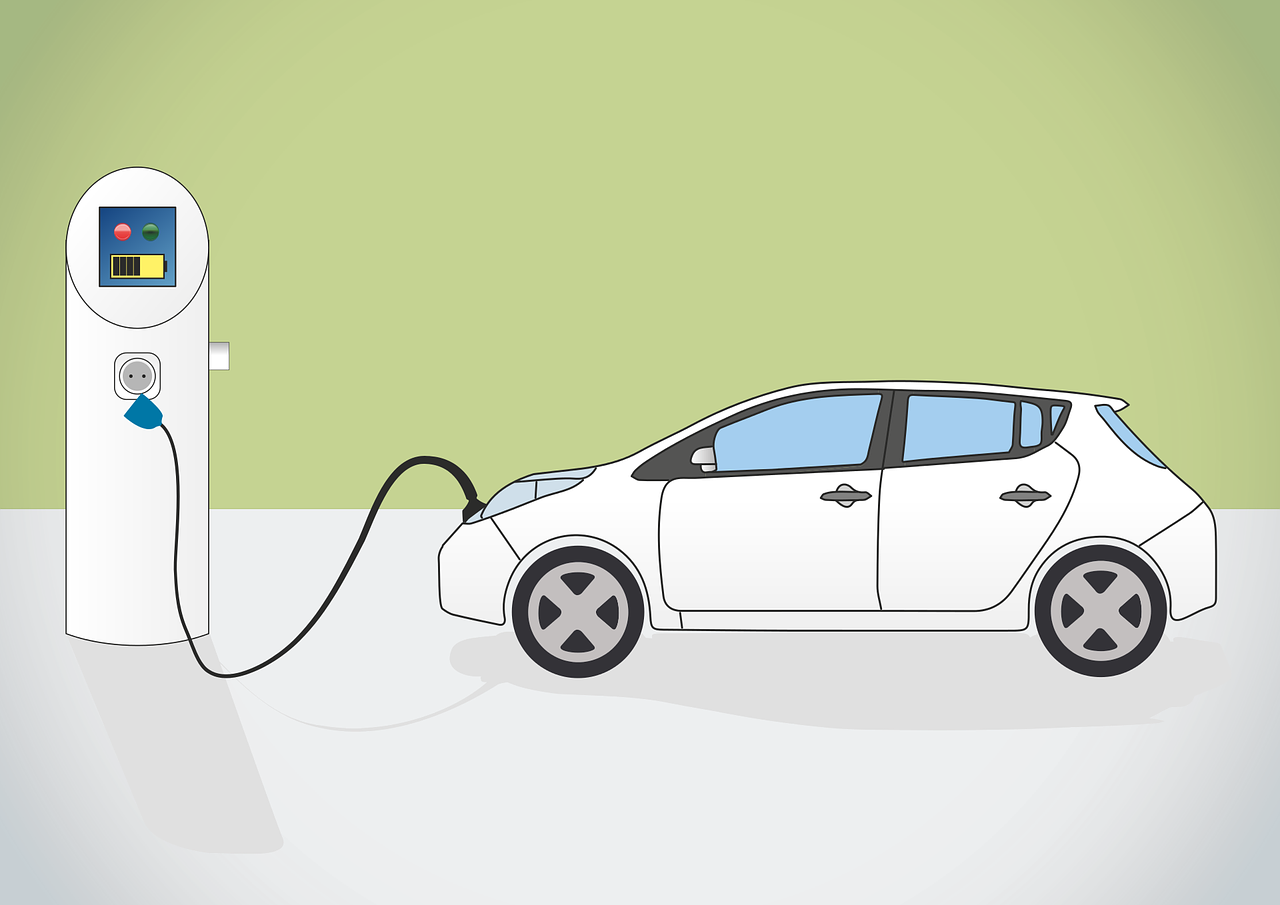Solar PV Array
Solar PV Array
In general, a large number of interconnected solar panels, known as solar PV array, are installed in an array field. These panels may be installed as stationary or with sun tracking mechanism. It is important to ensure that an installed panel does not cast its shadow on the surface of its neighbouring panels during a whole year. The layout and mechanical design of the array such as tilt angle of panels, height of panels, clearance among the panels, etc., are carried out taking into consideration the local climatic conditions, ease of maintenance, etc.
Connection of Modules in Series:
In order to increase the current in PV system, the PV individual PV modules or PV module strings are connected in parallel. Such series and parallel combination of PV modules is referred as ‘solar PV array’. A schematic diagram of a solar PV array is shown in Figure 1.14. Note that, in both series and parallel combination of PV modules, the power of the PV modules always gets added.
Fig. 1.14: A Schematic of Solar PV Array
Series combination of the PV modules is achieved by connecting the opposite polarity terminals of modules together as shown below in Figure 1.15. The negative terminal of one module is connected with the positive terminal of the other module. When two modules with open circuit voltage of Voc1 and Voc2 are connected in series, the voltage of series combination is the addition of two voltages, which is Voc1 + Voc2 (as shown in Figure 1.15(a)). Here, the description is given for open circuit voltages. The concept of addition of voltages in series connected PV modules is also applicable for other voltages, like Vm, the voltage at maximum power point. When three modules with open circuit voltage of Voc1, Voc2 and Voc3 are connected in series, the total voltage of series combination will be the sum of these three voltages, i.e., Voc1 + Voc2 + Voc3 [as in Fig. 1.15(b)].
Fig. 1.15: Series connection of (a) two modules, and (b) three modules
The series connection of PV modules is called “PV module string” or if, in a PV system, the modules are connected only in series, then we can call the series connection of PV modules as ‘PV modules array’. In the series connection, the voltage of the PV modules gets added while the current of the series connected modules remain the same as that of an individual module. This is assuming that all the PV modules are identical, having identical parameters like Voc, Vm, Isc and Im.
The total power of the PV array in series connected PV modules is the sum of the maximum power of individual PV modules. Thus, if Ns PV modules are connected in series and maximum power of one PV module is Pm, then the total power output of the PV array (Pma) would be Ns Pm. Thus, by connecting PV modules in series, not only the voltage but the total power of the series connected PV modules also increases, depending on the number of PV modules connected in series.
Connection of Modules in Parallel Combination:
In parallel combination of PV modules, the voltage of the combination remain the same as that of individual module voltage (provided all modules have identical voltage) where as the current of the parallel combination is the sum of currents of all PV modules. The parallel configuration is achieved by connecting same polarity terminals together. In this way, the positive terminal of one module is connected to the positive terminal of the other module and similarly, negative terminal of one module is connected to the negative terminal of other PV module. The parallel combination of the PV modules is shown in Figure 1.16.
Fig. 1.16: Two Modules in Parallel Combination
In the parallel combination, individual currents of each module gets added up. Suppose, the short circuit current of two PV modules is Isc1 and Isc2, then the total current of parallel connection will be = Isc1 + Isc2. As the number of modules is added, the current keeps on adding but voltage remains the same. Similarly, if current at maximum power point of two PV modules is Im1 and Im2, then the total current at maximum power point of parallel connection will be Im1 + Im2.
The Pm of a PV module (under STC) is the product of current at maximum power point (Im) and voltage at maximum power point (Vm). The total peak power produced by the Np PV modules connected in parallel is Np Pm.
The main purpose of parallel combination of PV modules is to increase the current of combination. In a PV array, either individual PV modules can be connected in parallel or PV module strings (series connected PV modules) can be connected in parallel.
When the PV power requirement is more than few hundred watts, the PV modules needs to be connected in both series and in parallel combination. Also, when we need to generate a very large amount of power, like in solar PV megawatt scale power plants, then the PV modules are connected in both series and parallel configuration to increase the required current as well as voltage. Normally, in big PV power plants, many PV modules are connected in series. The series connected PV modules may be referred as PV module ‘string’. In a PV system, the number of PV modules is first connected in series (string) as per the requirement of system voltage, and then many PV module strings are connected together in parallel.
latest video
news via inbox
Nulla turp dis cursus. Integer liberos euismod pretium faucibua







